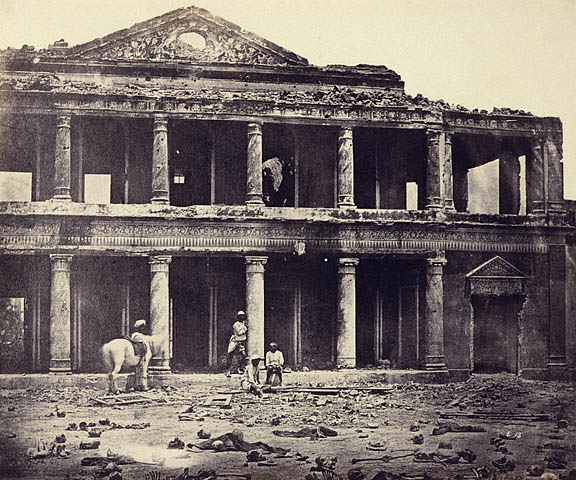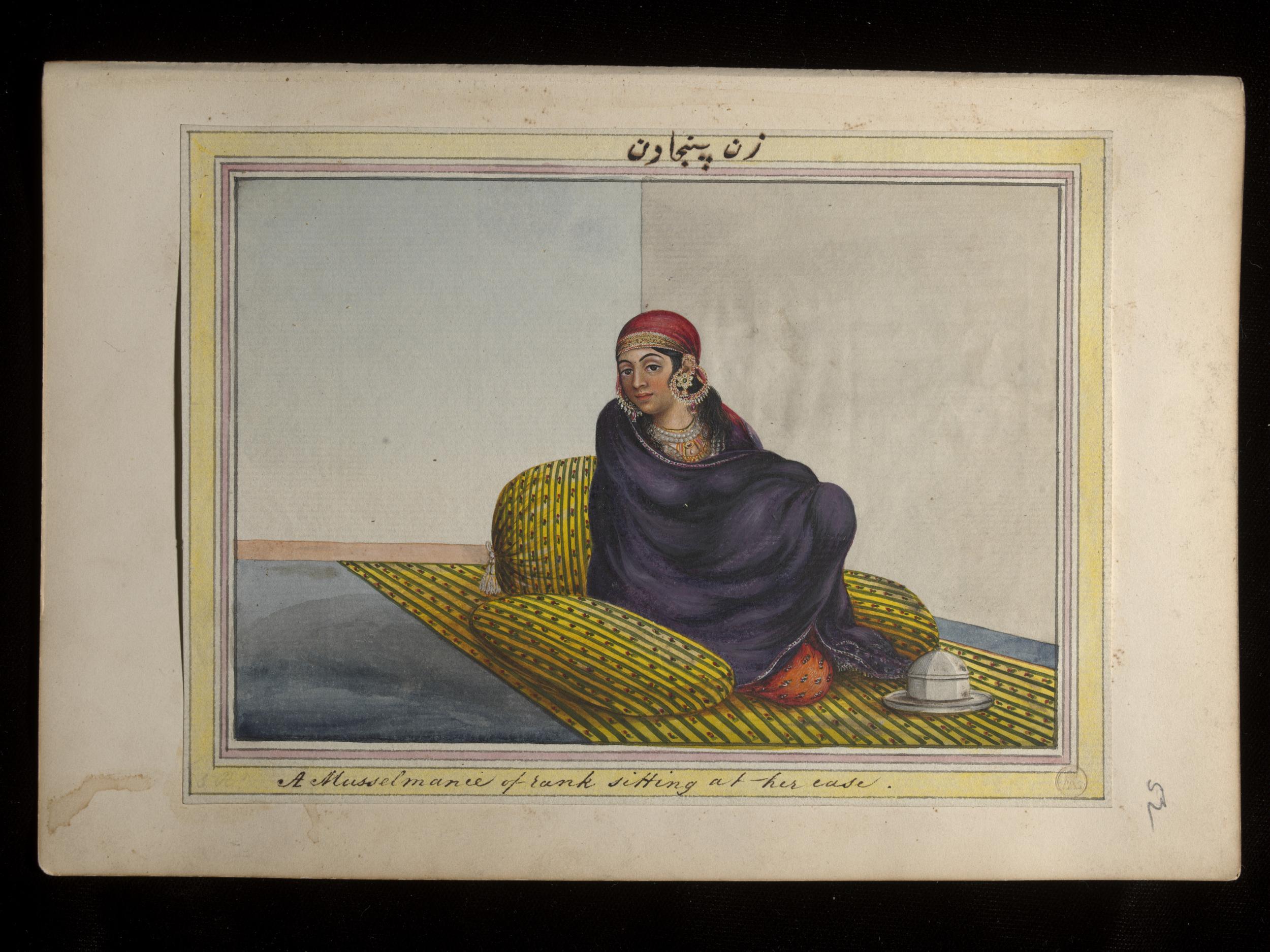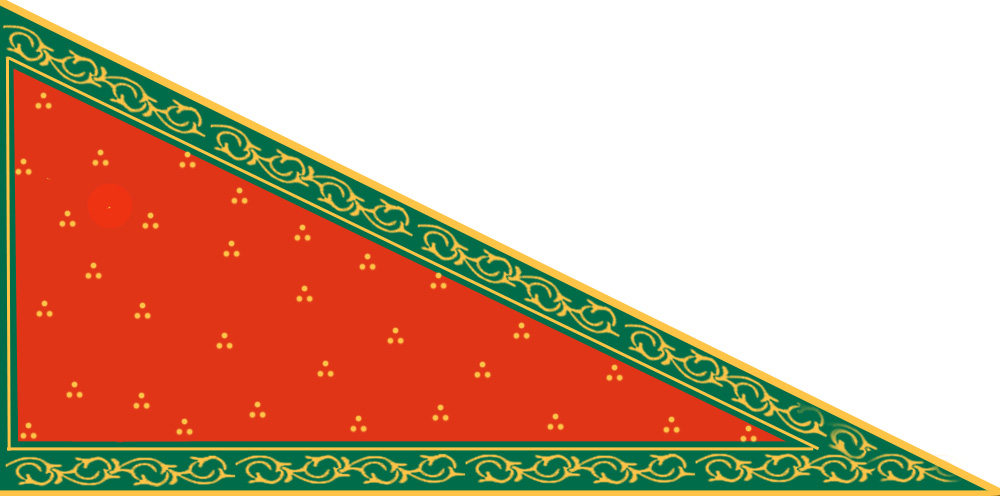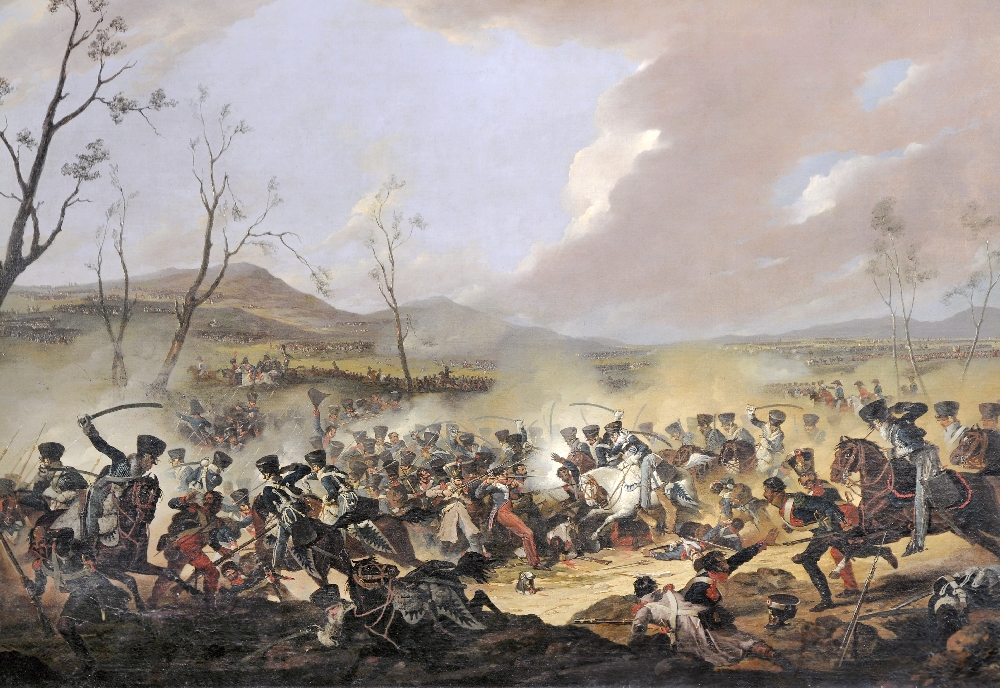|
Saunders Alexius Abbott
Major-General Saunders Alexius Abbott (9 July 1811 – 7 February 1894) was an English military officer in the Bengal Army and administrator serving in British India. Family background Saunders was the fourth son of Henry Alexius Abbott, a retired Calcutta merchant of Blackheath, Kent,Biog. Of Henry Alexius Abbot per the obituaries of his prominent sons and his wife Margaret Welsh, the daughter of William Welsh of Edinburgh. He had the following siblings: * Margaret (1801–1877) * Major General Augustus Abbott CB (1804–1867) * Major General Sir Frederick Abbott CB (1805–1892) * General Sir James Abbott KCB (1807–1896) * Emma Abbott (1809–1875) * Keith Edward Abbott, Consul General (1814–1873) * Edmund Abbott (1816–1816) Career Abbott was educated privately and (like his brothers Augustus and Frederick) at Addiscombe Military Seminary. In 1828, he joined the Bengal Infantry. He was appointed in 1836 to be Assistant in the Revenue Survey under Henry Montgomery L ... [...More Info...] [...Related Items...] OR: [Wikipedia] [Google] [Baidu] |
Felice Beato
Felice Beato (1832 – 29 January 1909), also known as Felix Beato, was an Italian–British photographer. He was one of the first people to take photographs in East Asia and one of the first war photographers. He is noted for his genre works, portraits, and views and panoramas of the architecture and landscapes of Asia and the Mediterranean region. Beato's travels gave him the opportunity to create images of countries, people, and events that were unfamiliar and remote to most people in Europe and North America. His work provides images of such events like the Indian Rebellion of 1857 and the Second Opium War, and represents the first substantial body of photojournalism. He influenced other photographers, and his influence in Japan, where he taught and worked with numerous other photographers and artists, was particularly deep and lasting. Early life and identity A death certificate discovered in 2009 shows that Beato was born in Venice in 1832 and died on 29 January 1909 in ... [...More Info...] [...Related Items...] OR: [Wikipedia] [Google] [Baidu] |
Keith Edward Abbott
Keith Edward Abbott (1814–1873) was a British diplomat and consul general at Tabriz and later Odessa. Family background Keith was born in London, the 5th son of Henry Alexius Abbott, a retired Calcutta merchant of Blackheath, Kent, and his wife Margaret Welsh, the daughter of William Welsh of Edinburgh. He had the following siblings: * Margaret (1801–1877) * Major General Augustus Abbott, CB (1804–1867) * Major General Sir Frederick Abbott, CB (1805–1892) * General Sir James Abbott, KCB (1807–1896) * Emma Abbott (1809–1875) * Major General Saunders Alexius Abbott (1811–1894) * Edmund Abbott (1816-1816) Career Between 1835 and 1837, K.E. Abbott stayed in the northeastern Ottoman town of Erzurum, perhaps as assistant in the British Consulate there.Abbotts' 'Notes of a tour in Armenia in 1837' (see Publications list below) p.207 He was first appointed to the Consulate of Tehran in 1841, from where he transferred, in 1842, to Tabriz. K. E. Abbott was appointed Con ... [...More Info...] [...Related Items...] OR: [Wikipedia] [Google] [Baidu] |
Lucknow
Lucknow (, ) is the capital and the largest city of the Indian state of Uttar Pradesh and it is also the second largest urban agglomeration in Uttar Pradesh. Lucknow is the administrative headquarters of the eponymous district and division. Having a population of 2.8 million as per 2011 census, it is the eleventh most populous city and the twelfth-most populous urban agglomeration of India. Lucknow has always been a multicultural city that flourished as a North Indian cultural and artistic hub, and the seat of power of Nawabs in the 18th and 19th centuries. It continues to be an important centre of governance, administration, education, commerce, aerospace, finance, pharmaceuticals, technology, design, culture, tourism, music and poetry. The city stands at an elevation of approximately above sea level. Lucknow city had an area of till December 2019, when 88 villages were added to the municipal limits and the area increased to . Bounded on the east by Barabanki, on th ... [...More Info...] [...Related Items...] OR: [Wikipedia] [Google] [Baidu] |
Hoshiarpur
Hoshiarpur () is a city and a municipal corporation in Hoshiarpur district in the Doaba region of the Indian state of Punjab. It was founded, according to tradition, during the early part of the fourteenth century. In 1809, it was occupied by the forces of Maharaja Karanvir Singh and was united into the greater state of Punjab in 1849. Hoshiarpur has an average elevation of . Hoshiarpur district is located in the north-east part of the Indian state of Punjab. It falls in the Jalandhar Revenue Division and is situated in the Bist Doab portion of the Doaba region. Hoshiarpur shares a boundary with Kangra district, and Una district of Himachal Pradesh in the northeast. In the southwest, it borders Shahid Bhagat Singh Nagar district, Jalandhar district, and Kapurthala district, and in the northwest it borders Gurdaspur district. Demographics As per provisional data of 2011 census, Hoshiarpur City had a population of 1,68,843 out of which 88,290 were males and 80,153 wer ... [...More Info...] [...Related Items...] OR: [Wikipedia] [Google] [Baidu] |
Major-general
Major general (abbreviated MG, maj. gen. and similar) is a military rank used in many countries. It is derived from the older rank of sergeant major general. The disappearance of the "sergeant" in the title explains the apparent confusion of a lieutenant general outranking a major general, whereas a major outranks a lieutenant. In the Commonwealth and in the United States, when appointed to a field command, a major general is typically in command of a division consisting of around 6,000 to 25,000 troops (several regiments or brigades). It is a two-star rank that is subordinate to the rank of lieutenant general and senior to the rank of brigadier or brigadier general. In the Commonwealth, major general is equivalent to the navy rank of rear admiral. In air forces with a separate rank structure (Commonwealth), major general is equivalent to air vice-marshal. In some countries including much of Eastern Europe, major general is the lowest of the general officer ranks, with no ... [...More Info...] [...Related Items...] OR: [Wikipedia] [Google] [Baidu] |
Brevet (military)
In many of the world's military establishments, a brevet ( or ) was a warrant giving a commissioned officer a higher rank title as a reward for gallantry or meritorious conduct but may not confer the authority, precedence, or pay of real rank. An officer so promoted was referred to as being brevetted (for example, "he was brevetted major general"). The promotion would be noted in the officer's title (for example, "Bvt. Maj. Gen. Joshua L. Chamberlain" or "Bvt. Col. Arthur MacArthur"). It is not to be confused with a '' Brevet d'état-major'' in Francophone European military circles, where it is an award, nor should it be confused with temporary commissions. France In France, ''brevet'' is a word with a very broad meaning, which includes every document giving a capacity to a person. For instance, the various military speciality courses, such as military parachutism, are ended by the award of a brevet. The more important brevet in the French military is the one of the Éco ... [...More Info...] [...Related Items...] OR: [Wikipedia] [Google] [Baidu] |
Battle Of Ferozeshah
The Battle of Ferozeshah was fought on 21 December and 22 December 1845 between the British East India Company and the Sikh Empire, at the village of Ferozeshah in Punjab. The British were led by Sir Hugh Gough and Governor-General Sir Henry Hardinge, while the Sikhs were led by Lal Singh. The British emerged victorious. Background The broke out as a result of the of the |
Henry Hardinge
Henry Hardinge, 1st Viscount Hardinge, (30 March 1785 – 24 September 1856) was a British Army officer and politician. After serving in the Peninsular War and the Waterloo Campaign he became Secretary at War in Wellington's ministry. After a tour as Chief Secretary for Ireland in 1830 he became Secretary at War again in Sir Robert Peel's cabinet. He went on to be Governor-General of India at the time of the First Anglo-Sikh War and then Commander-in-Chief of the Forces during the Crimean War. Army career The son of the Rev, Henry Hardinge, Rector of Stanhope, and his wife Frances Best, he was educated at Durham School and Sevenoaks School. Hardinge entered the British Army on 23 July 1799 as an ensign in the Queen's Rangers, a corps then stationed in Upper Canada. He was promoted to lieutenant by purchase in the 4th Regiment of Foot on 27 March 1802 and transferred to the 1st Regiment of Foot on 11 July 1803 before becoming a captain of a company by purchase in the 57th R ... [...More Info...] [...Related Items...] OR: [Wikipedia] [Google] [Baidu] |
Sabathu
Sabathu (also known as Subathu) is a cantonment town in Solan district in the Indian state of Himachal Pradesh. It has a historic association with the Anglo-Nepalese War, and is now the centre of the 1st Gorkha Rifles and the 4th Gorkha Rifles of the Indian Army. Geography Sabathu has an average elevation of 1265 metres (4150 feet). Demographics India census, Sabathu had a population of 8720. Males constitute 47% of the population and females 53%. Sabathu has an average literacy rate of 86%, higher than the national average of 59.5%: male literacy is 91%, and female literacy is 77%. In Sabathu, 9% of the population is under 6 years of age. British military expeditions went to greater Sabathu to recuperate. It housed a regional leper colony A leper colony, also known by many other names, is an isolated community for the quarantining and treatment of lepers, people suffering from leprosy. ''M. leprae'', the bacterium responsible for leprosy, is believed to have s ... [...More Info...] [...Related Items...] OR: [Wikipedia] [Google] [Baidu] |
Kasauli
Kasauli is a town and cantonment, located in Solan district in the Indian state of Himachal Pradesh. The cantonment was established by the British Raj in 1842 as a Colonial hill station,Sharma, Ambika"Architecture of Kasauli churches" '' The Tribune'', Online edition, 2 March 2001. Retrieved 7 July 2012. from Solan, from Shimla, from Chandigarh, and from Ambala Cantt (Haryana), an important railway junction of North India. Demographics Kasauli is a Cantonment Board city in district of Solan, Himachal Pradesh. The Kasauli city is divided into 6 wards for which elections are held every 5 years. The Kasauli Cantonment Board has population of 3,885 of which 2,183 are males while 1,702 are females as per report released by Census India 2011. Population of Children with age of 0-6 is 406 which is 10.45% of total population of Kasauli (CB). In Kasauli Cantonment Board, Female Sex Ratio is of 780 against state average of 972. Moreover, Child Sex Ratio in Kasauli is around 888 co ... [...More Info...] [...Related Items...] OR: [Wikipedia] [Google] [Baidu] |





